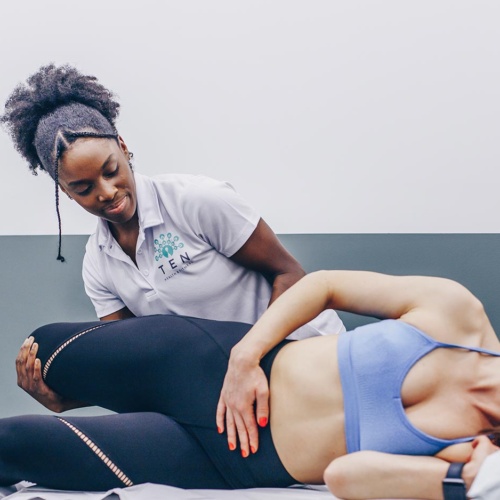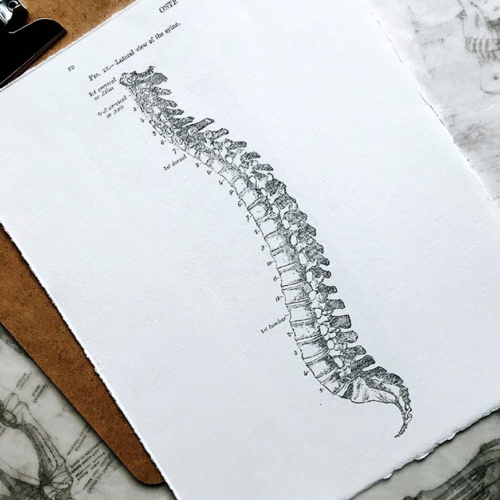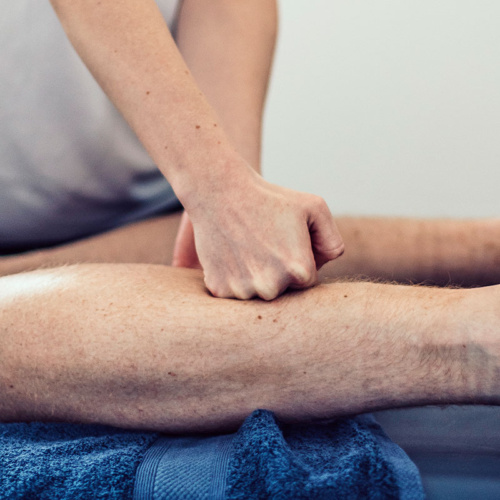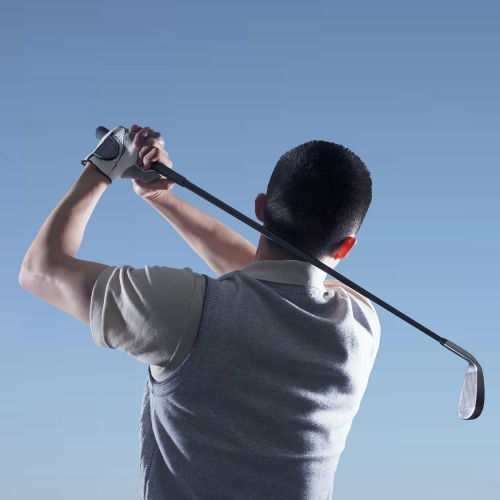It may seem overly simplistic to compare the body to a machine (and usually it is) but from a Prehab point of view the analogy is a good one.
We send our cars for MOTs in order to make sure that they are running efficiently, to highlight problems early and prevent them escalating into expensive and inconvenient repairs. Yet few of us take the time or trouble to do the same thing for something that’s every bit as important for getting us from A to B, infinitely more valuable, much harder to fix and impossible to replace.
We might be at risk of stating the obvious, but that’s your body we’re talking about. And it needs an MOT just as much as your car does. Actually more. After all, the worst thing that can happen to your car is that you sell it for scrap. (We’re pretty sure you don’t need us to complete this analogy.)
But, you’re probably thinking, you’re overstating the case here. Left to its own devices and barring illness or chronic injury, our bodies will potter along quite happily by themselves, right?
Wrong.
In an ideal world, we’d have no need of Prehabilitation. But then, in an ideal world, we’d all have perfect posture, perfect biomechanics and no previous injuries.
Sadly, we, and the world, are both quite a way short of perfect, and our bodies have to get by the best way they can. And that means developing compensatory patterns of movement that get around our own unique set of imperfections. While that’s fine on a day-to-day basis, over time it can predispose us to an episode of acute pain or dysfunction at a later date.
With these compensatory patterns, movement usually goes through the path of least resistance. For example on a muscular level, this could be the wrong muscle cheating a movement. Anyone who’s ever felt the front of their hip getting tighter and tighter during one of our favourite (well, we like them) side-lying leg press sequences will know all too well.
On a spinal level, this same tendency to find the pattern of least resistance can lead to the overuse of certain joints. These joints can then become looser, more unstable, and prone to more wear and tear, including osteoarthritic changes.
Let’s take acute low back pain – one of the single most common injuries for adults in the western world. In many cases, it’s due to the pain-sensitive structures in and around a joint being compromised by a poorly controlled movement. The pain can be debilitating but is usually out of proportion to the amount of tissue damage that has occurred.
The bad news is that once you have had one such episode of pain, it’s very likely to reoccur.
Luckily there’s good news too. And it’s that there’s increasing evidence that exercise programmes with a prehabilitative stabilisation element are effective in preventing further episodes.
And the even better news is that by adding a prehabilitative element to your overall exercise and fitness programme, you can do a lot to reduce both the incidence and severity of a whole range of injuries, including the compensatory injuries that are common – and, for most of us over time, otherwise inevitable.
And the cherry on the good news cake is that at Ten, we can offer you just such an approach. We call it our Circle of Care.
You can read more about Ten’s Circle of care here, but in essence it’s a uniquely integrated and prehab-based approach, with our Trainers, Physiotherapists and Massage Therapists working collaboratively to keep you fitter, healthier, stronger and injury free for longer
And as part of that approach we, we can carry out a Body MOT for you. Again you can read more about Body MOTs here. But in brief, just like your neighbourhood garage does with your car, it’s a comprehensive, and individualised assessment that targets the areas that will be under the most strain from your activities to make sure that your musculoskeletal system is running efficiently, highlights potential problems early and prevents them escalating into bigger issues. (Just without the mechanic’s tooth-sucking and list of parts that suddenly need replacing at eye-watering prices).
For instances where the weaknesses and compensatory patterns have progressed in o injury, pain or loss of function, our Circle of Care also provides a seamless progression from therapy to rehabilitative and functional training.
If you’re still on board with the car analogy, think of it as a programme that combines repair as necessary with preventative maintenance to make sure that the accident waiting to happen doesn’t.
Or if you’d like another one, think of it like a trip to the dentists, where a regular check up every few months could keep you smiling. Even if – as seems surprisingly common in our classes – it’s through gritted teeth.





